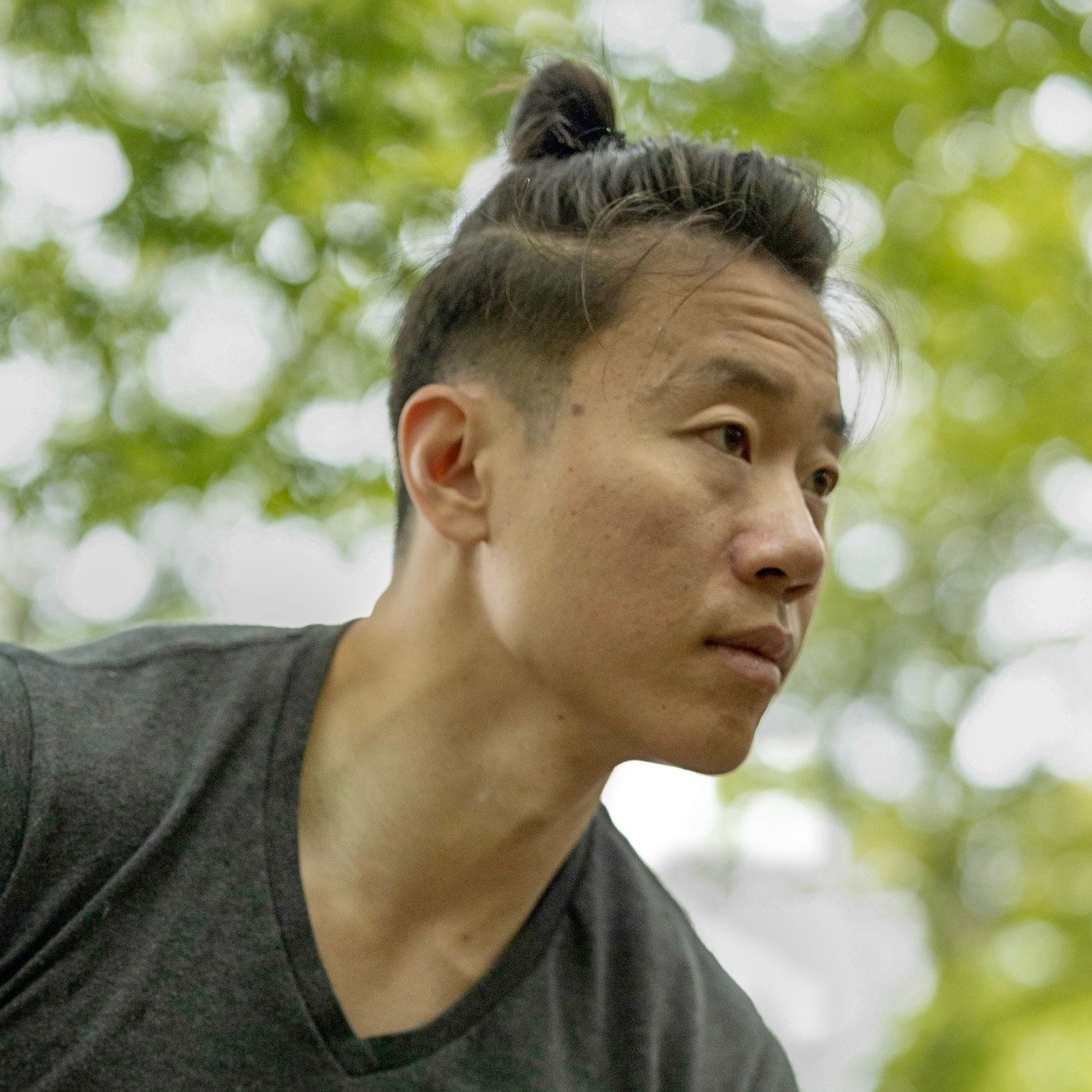Five years ago, I stood in a bookstore for about an hour and read half of a wonderful book called The Talent Code by Daniel Coyne. It had come out around the same time as a few other books in a similar vein of developing expertise and 10,000 hours etc but just grabbed me and didn’t let go.
Part of it was that Coyne went out into the field and visited “talent hotspots” that developed elite performers across many disciplines: soccer stars, violin prodigies, chess champions, etc. The stories he came back with are concrete, have a human element to them, and deeply resonate with my own experience.
And lucky for us, he went out and wrote a shorter handbook on developing talent called The Little Book of Talent, which offers 52 specific ways to develop talent in yourself and be a better coach. The book is short and you should totally just read it for yourself. I’ve also written before about what gymnastics taught me about skill acquisition and performing under pressure, two important parts of mastery, as well as the biological mechanism behind “practice makes perfect”.
Meanwhile, I’d like to share a few ideas from Talent Code that really clicked with me:
Take Naps: Research has shown that your brain requires sleep to consolidate learning so practicing closer to bedtime or taking naps after your training can be helpful. I remember as a gymnast doing week-long trainings at the US Olympic Training Center in Colorado Springs: we’d sometimes work out 3 times a day (8-9am) (10:30am – 1pm) (3-6pm) and we’d nap a little in between every session.
Make it a Game: improving your skill is all about staying meaningfully engaged and finding ways to keep it fresh and fun. In gymnastics, we’d have “stick contests” where we’d progressively challenge ourselves to sticking (landing without moving our feet) harder and hard moves: front tuck, front layout, half twist, full twist, double front, etc.
Positive Corrections: Instead of trying to not make a mistake, great coaches try to get their students to focus on making a positive correction. In gymnastics, this would translate into something like “tuck your chin into your chest”. That was a better thing to focus on than “Don’t let your head stick out”.
Review Mistakes Immediately: That isn’t to say that it isn’t important to review your mistakes. A lot of learning comes from immediately identifying any problems and fixing them right away, instead of letting the moment pass. My little sister is preparing to take the SATs and instead of having her complete a full test and then reviewing answers, I’ve been pushing her to do one section (Math or Verbal) at a time and reviewing them immediately so that she sees what she got right, what she got wrong, and really understand how to fix her errors while the context is still fresh in her mind.
Use the Sandwich technique: This one is really specific: as a coach, a good way to explain a correction is to use a sandwich (right, wrong, right). My old violin teacher would do that to me every time I made a mistake. She’d chide me, have me stop, and she’d play the section flawlessly. Then she’d play it the way I did, often in an exaggerated manner, before again repeating it perfectly. I used to think this was a form of showing off, but I realize that it’s training your ear / brain to understand the difference between the two states.
Great coaches make short, concrete corrections: Coyne says that great coaches don’t always look like the ones in the movies making big speeches. Instead, they may seem rather aggressive, laser-focused, and constantly doling out short bursts of “Do it like this” type admonishments. I’ve been trying out Muay Thai gyms around the city and my favorite so far had an instructor who was totally down-to-earth and all about giving very specific, very pointed corrections.
Use Mental Rehearsal: I’m all about mental rehearsal and so is Coyne. He’s seen how top performers across a range of disciplines go over their training and what they’re trying to perform in their minds in addition to the “actual practice”. For gymnasts, you learn at a young age about visualization and it’s a skill that nearly all gymnasts employ: watch one right before they salute next time you see gymnastics on TV. They’ll have their eyes closed and will be making subtle movements in sync with their imagined routine.
